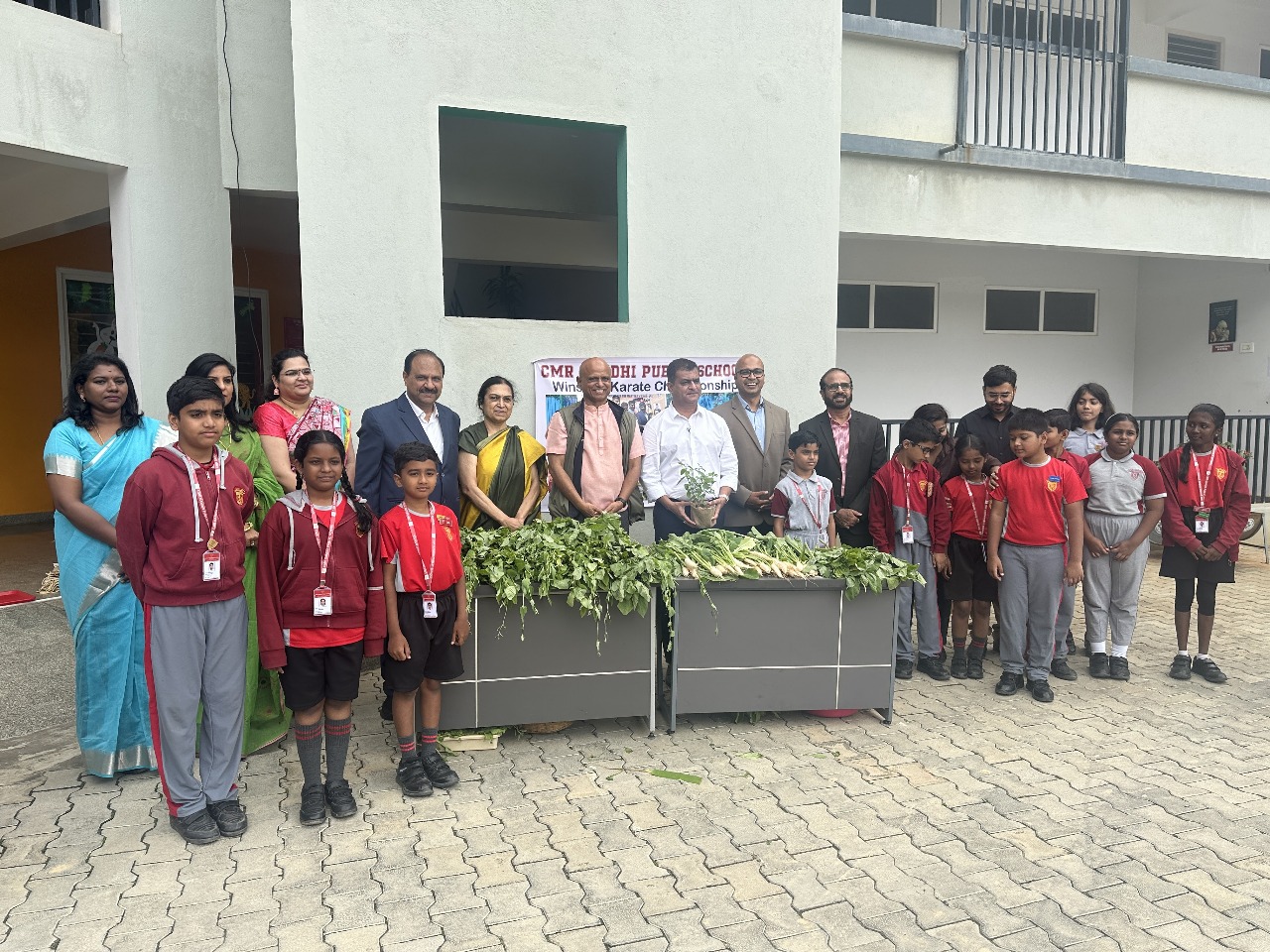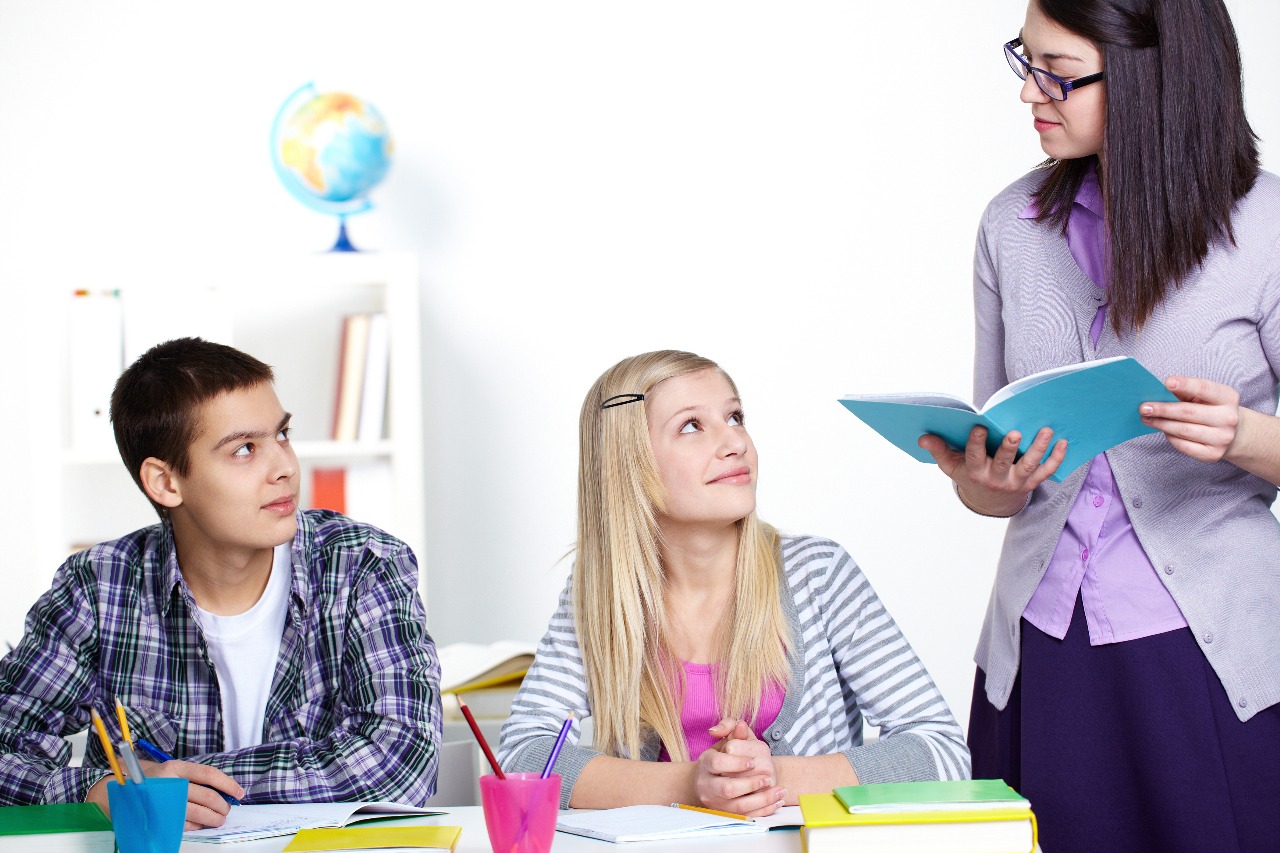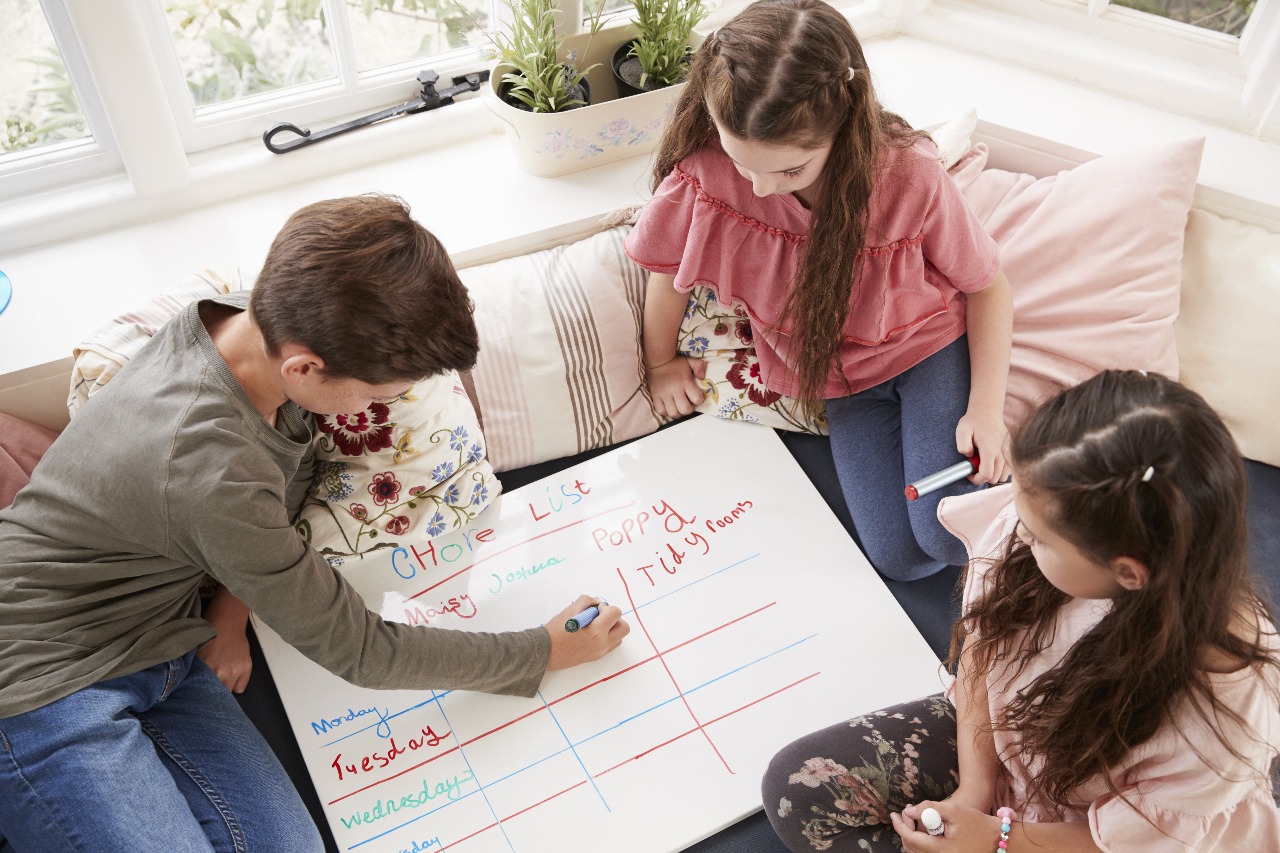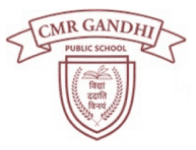Introduction
Yoga and meditation are some of the common practices in India, and they are a means to attain a state of easiness and union of body, mind, and spirit. A consistent practice of the two mindfulness techniques can eventually quieten the mind. When the mind quietens, human intelligence takes charge, attending to the present in the easiest, creative and joyful manner.
Schools are perfect places for children to learn new habits and inculcate them in their routines. Introducing mindfulness techniques such as Yoga and Meditation will broadly impact their overall growth. Physically, children become flexible and strong and develop immense resilience. Meanwhile, psychologically, children become self-reliant, confident, hearty, and easygoing, embracing the changes and challenges that come with life.
Understanding Yoga and Meditation
Humans are seen as consciousness-energy (cit-shakti), with the physical body surrounding this core existence. Yoga is a means to attend to this consciousness-energy through the physical body. By practising yoga, individuals can align their physical actions with their inner energy, building a deeper connection between body and mind. This practice helps balance and harmonise the energy flow for enhanced physical, mental, and spiritual well-being.
When practising yoga and mindfulness (through meditation or pranayama), children attain a sense of wholeness, happiness and well-being. The postures (ãsanas) are designed to increase flexibility and strength and improve bodily functions such as the endocrine system, gastrointestinal system, immune function, sleep, eye-hand coordination, and balance. Practicing ãsanas can also enhance somatic awareness, attention, memory, learning, and mood (Feuerstein, 2003).
Prãnãyãma involves coordinating breathing with postures (ãsanas) to control the mind’s concentration. Breath is considered energy present in all living beings. Early yoga practitioners, yogis (male) or yoginis (female), observed that rapid, shallow breathing occurred when someone was upset, while slow, even breathing occurred during relaxation and calm. Since breath and mind are intricately related, it was believed that deliberately controlling and slowing the breath would also calm the mind (Feuerstein, 2003).
Eventually, yoga was codified by Patanjali into the Yoga Sutras around 200 CE.
Physical Benefits of Yoga for Children
Yoga has a significant effect on children’s physical health, and here are some benefits:
- Deepens breath
- Healthy digestion
- Increases energy levels
- Enhances sleep quality
- Improves flexibility mobility
- Strengthens bones and muscles
- Corrects body posture and alignment
- Sharpens all five senses: sight, touch, hearing, smell, and taste
- Strengthens the immune system: quicker defence against various bacteria they may encounter.
Yoga poses such as Pavanamuktasana, Supta Matsyendrasana, Trikonasana, Vruksasana, and Suryanamaskara combat physical pain and body numbness in young ones. When pranayama, such as Nadi Shodhana, is performed along with the asanas, it brings balance to the body.
Mental and Emotional Benefits of Yoga and Meditation
Between 3% and 7% of children are affected by ADHD (Attention-Deficit/Hyperactivity Disorder), a chronic developmental disorder characterised by hyperactivity and attention deficits.
Yoga and meditation provide children with essential mental and emotional benefits, nurturing their overall well-being and personal development. Below are some advantages, along with suggested exercises:
- Improves focus, concentration and mindfulness
- Reduces stress, anxiety and fear of failure
- Emotional strength and self-independence
- Mood often remains cheerful, joyous and playful
- The present moment is felt to a greater extent. – reducing or completely releasing depression.
- Boosts confidence and courage
- Eliminates counterproductive thoughts
- Creates a sense of easiness in performing any task
Adho mukha svanasana, Shavasana, tadasana, sukhasana, yoga nidra, viparita karani and ardha chandrasana when practised along with other forms of yoga, children will quickly attain a sense of mental and emotional balance that lasts throughout the day and expands in their lifetime.
Conclusion:
Studies have shown that yoga, mindfulness, and meditation significantly reduce ADHD symptoms, hyperactivity, and inattention. They also improve parent-child relationships, executive functioning, and on-task behaviour and minimise parent stress while increasing parent mindfulness.
Yoga and meditation, when introduced in schools through everyday practice sessions or as after-school programs, will improve and expand children’s physical, mental and emotional well-being. Their cognitive abilities and social skills naturally develop and improve over time. At CMR Gandhi Public School, children are provided with an all-rounded academic program where mindfulness and physical health are one of our many priorities. We have integrated stress-reliving techniques such as yoga, meditation and pranayama so that our children become resilient and confident learners.
Parents seeking quality education in South Bangalore may look at CMR Gandhi Public School. Our school’s dedication to cultivating academic excellence and personal growth prepares students to face future challenges with ease and joy. You may call us or visit our school, and we will be happy to take you through all of our programs, including the ones we have created to enhance physical health and mental clarity.
Visit us, where our CMR Gandhi Public School students are equipped to succeed in all aspects of life.









